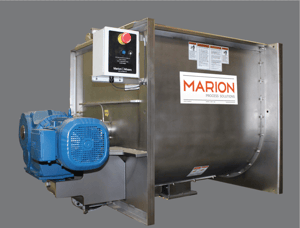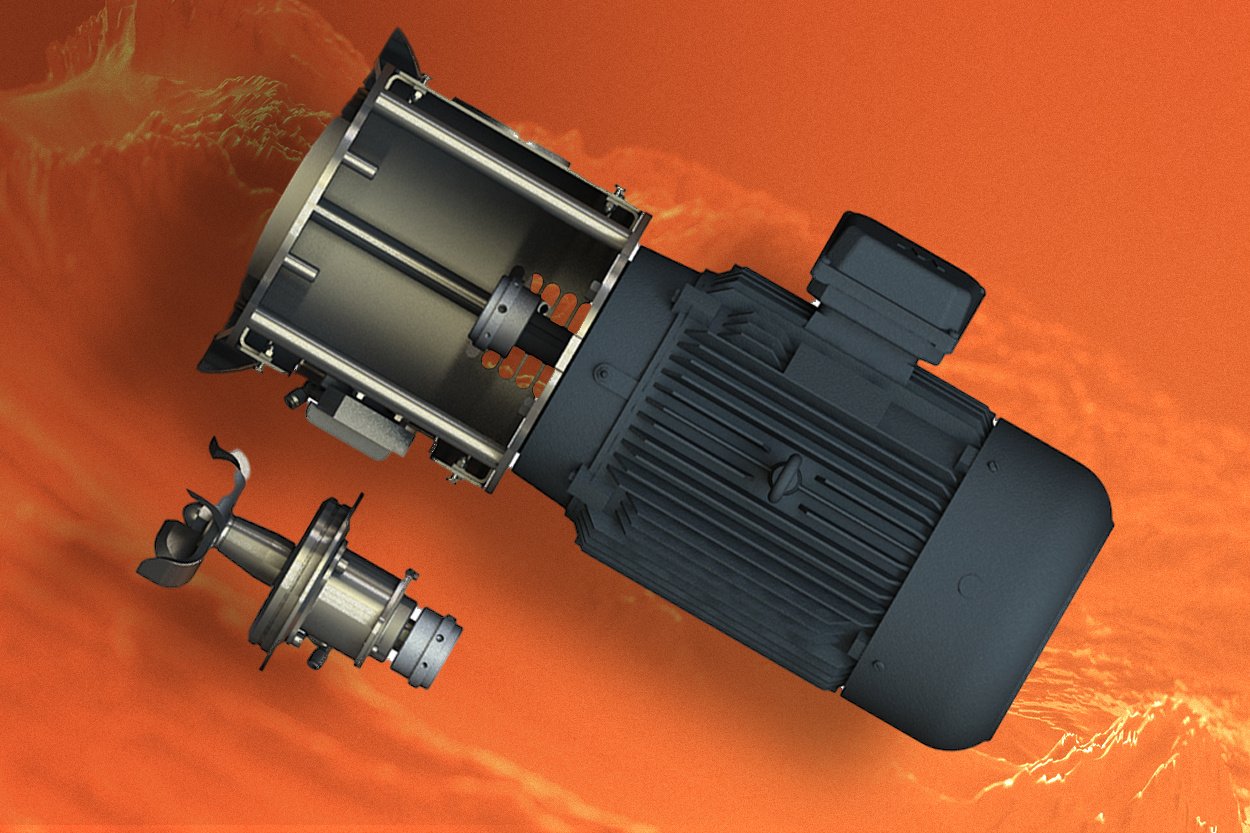You’ve prepped for months, maybe even years to purchase a new mixer for your application only to find you made the wrong choice. Now you’re fraught with buyer’s remorse - not sure what to do next. If you’re having mixed feelings about your next mixer (sometimes called a blender), we can help set your mind at ease. At Marion Process Solutions, we work with thousands of process mixing applications so we’ve learned a thing or two along the way. Here are some helpful tips for selecting a mixer or blender that suits your specific needs.

- Identify your materials:
The first step is to identify what you’re mixing. The particle strength, sizing, weight and flow characteristics of the material you’re working with all play a role in choosing a mixer for your application. These details will determine if you’re macro or micro mixing. Free-flowing materials with a mean particle size greater than 75 microns are typically best-suited for macro (low-shear) mixing. Due to minimal inter-particle forces these materials require low energy input, and as mixing occurs, the ingredients become randomly ordered and can quickly reach a desirable state of homogeneity. However, the final mixed product shouldn’t be considered stable as there is increased potential for the mixture to segregate during or post-discharge due to the size, shape and densities of the particles. The two main areas of concern are percolation -- the effect of gravity on packed powders, and transportation -- where separation can occur during discharge or conveyance. Once you’ve gotten your mix together, you must ensure it stays that way.
In micro mixing, consistency and stability can be achieved with finer, more cohesive materials. Particle size is usually smaller than 75 microns and can include some form of a binder, liquid or otherwise. Stronger internal particle forces result in a more-difficult mix that can produce agglomerations. For the particles to become randomly mixed, micro mixing equipment uses impact or shear to generate forces among the particles and break up agglomerates. Depending on the equipment configuration, this can be accomplished through a mixing motion that effectively scrubs particles against each other, or through using intensifiers operating at high speeds.
- Analyze Working Conditions
Safety is critical when processing potentially dangerous materials. Before any mixing begins, it’s important to ensure that the proper precautions are in place to keep workers safe from toxicity, explosivity, mitigating dust, heat, pressure and harmful emissions. Once this has been achieved, you can begin processing. The method for charging a mixer is critical to its success. Off-spec ratios always produce imperfect results, so it doesn’t matter if you’re slinging 50lb bags or integrating highly accurate dosing systems. If executed poorly, both can balloon mix times while causing a host of other issues. When in doubt, remember this simple mixing formula: majors + minors + majors = a more harmonious outcome. Layering ingredients in this order ensures quality control. Finally, consider these two questions:
- Does your mixing solution allow you to combine steps?
- Can you mix and dry, mix and coat, mix and heat/cool, mix and size reduce?
Combining two or more steps can significantly streamline your process environment.
- Keep it Clean
The key to a better cleaning process is simplicity. Whether you clean after every run or once a year, at some point you’ll deal with downtime. Mixer cleaning can be a dry process (air sweep, brushing, vacuum, ultrasonic) or wet (water, solvents, disinfectants, steam, ice), with options to automate by incorporating CIP skids with spray balls or lances inside the vessel. This seems simple enough, but the fact of the matter remains, if it’s easy to clean, it’s more likely to get done.
Don’t forget to pay attention to the small stuff-- like tape gasketing. While it has many uses in industrial equipment, effectively sealing a mixer cover to eliminate dusting isn’t one of them. Not to mention tape residue isn’t much fun to remove. Instead look for easily replaceable and cleanable O-rings.
So, there you have it. The next time you find yourself choosing a mixer or blender for your application, don’t sweat it. Just follow these three tips to success and you’ll be the proud owner of a perfectly calibrated machine that will provide optimal performance for years to come.
If you’re tired of compromising on your application needs, contact one of our experts for more information on how we can customize a solution for you. Subscribe to our blog to continue to get updates from us.



